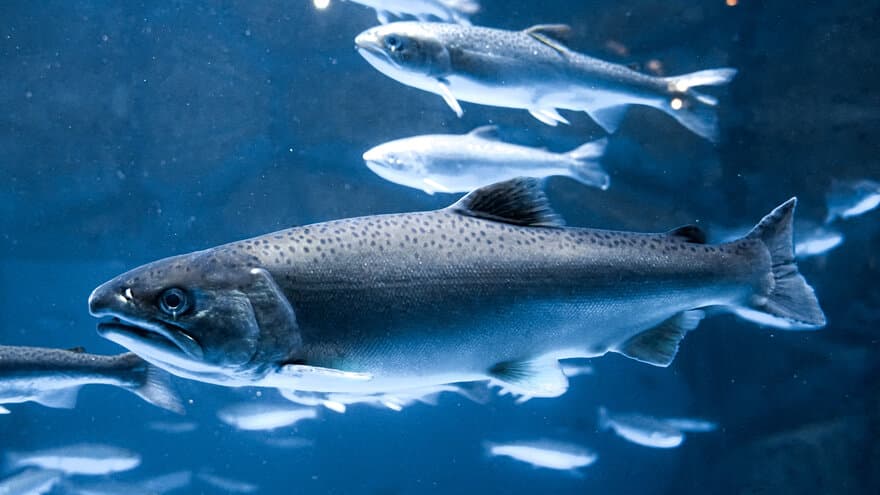Research Council of Norway (50%)
Antec Biogas AS and Andfjord Salmon AS (50%)
About the project
Background
Due to environmental considerations, land-based fish farms are desirable. The land-based fish farms will increase the power demand, and many of the facilities are located along the coast in areas without fully developed power infrastructure. HydroAntec technology will help solve challenges with limited access to energy.
When fish farming becomes land-based, there will also be a need to handle the faeces from the fish, fish sludge. The technology will also solve the sustainability challenge of fish sludge handling. The technology, which is based on the production of methane, also provides the opportunity to store gas production and use it to produce electricity at the times of the day when the electricity grid is most burdened, thereby remedying challenges related to power peaks.
Existing biogas technology allows fish sludge to act as a partial substrate, but this requires a large mix of additional substrates, such as manure. With the enormous land-based salmon production planned, it would be unthinkable to bring in enough additional substrate.
Biogas production from fish sludge will also result in reduced sludge volumes. This will both reduce the amount of energy used for drying and reduce logistics costs.
The first year we have sludge from the land-based plant to Andfjord Salmon investigated, and Antec Biogas will ensure that the necessary technology provided for further research related to the sludge from Andfjord Salmon.
Goals
The main goal is to use pure fish sludge without mixing co-substrate in a high-speed biogas process. This is a prerequisite for being able to handle the large quantities of sludge that are produced. The innovation means that several biological and technical barriers must be solved in a complex process.
Interim goals:
- To map and optimize the process conditions that convert partially dewatered fish sludge into a fermented hydrolyzate best suited for further processing in the Antec process
- To test how to raise the pH of the substrate to a neutral level and avoid problems with foam formation
- To build up Antec trial process equipment on a 300L scale consisting of hydrolysis tank, mixing tank and Antec reactor (prerequisite for R&D activities)
- To optimize the methane production and throughput rate in the Antec reactor, based on the substrate coming from the mixing tank
- To characterize the bio-residue produced and assess different possibilities of use
Participants
Internal project participants
External project participants
